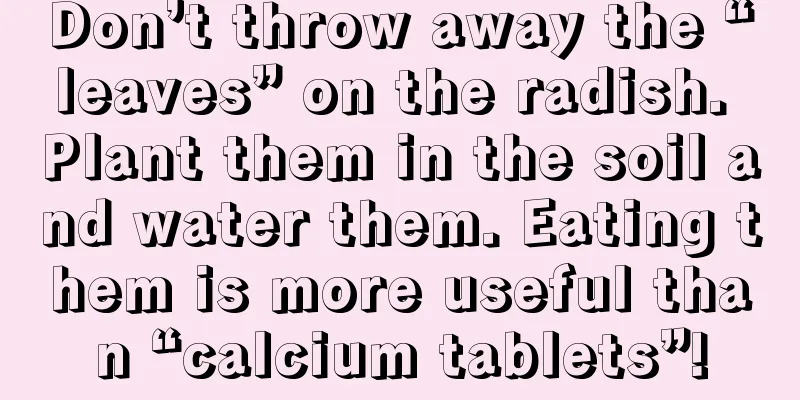Diseases and prevention methods of Aspidistra

Diseases of Aspidistra: AnthracnoseSymptomsAnthracnose of Aspidistra often occurs on the leaf edges or surfaces. The lesions of anthracnose are nearly circular and grayish white or grayish brown. The outer edge is yellowish brown or reddish brown, and small black spots arranged in a wheel appear in the later stage. In addition to the leaves, the petioles and stems can also be infected, producing striped markings. This disease occurs 2 to 3 times a year in the south and less frequently in the north, with a peak incidence each year. Continuous rainfall and hot and humid environment lead to more severe disease. Prevention and treatment methodsWhen diseased leaves are found, cut them off and burn them in time to reduce the source of infection. Take precautions and move the plants to a relatively dry place and keep them ventilated before the rainy season arrives. You can spray 50% Spray-K once every 10 days, and spray continuously 3 to 4 times. If necessary, spray potassium dihydrogen phosphate solution to enhance the plant's resistance to pesticides. Diseases of Aspidistra: Botrytis cinereaSymptomsGray mold mainly occurs on the edges of leaves, producing water-like spots from the edges of the leaves. When the environmental humidity is high, the spots will gradually expand, and the edges of the leaves will gradually show irregular withering. After continuous rain and cloudy weather, the humidity is high and lasts for a long time, and sparse gray mold may grow. The disease is prone to spread under high humidity and temperature conditions around 20 ℃. Prevention and treatment methodsStrengthen maintenance. Aspidistra likes moisture, so you can choose a place with a humid and well-ventilated environment for maintenance. The light should not be too strong, otherwise it is easy to get sick. If sporadic diseased plants are found, spray 65% carbendazim wettable powder in time. If the disease is serious, the diseased plants should be removed in time and sprayed with fungicides to ensure that the remaining plants grow well. Diseases of Aspidistra: Leaf spotSymptomsAlso called black spot disease, brown spot disease, etc. In the early stages of the disease, black spots will appear in the middle of the leaves, and the leaves will gradually turn yellow and fall off. This disease is often caused by hot, humid, and windy conditions. Prevention and treatment methodsImprove the maintenance environment in time, ventilate in time, and lower the ambient temperature. In the early stages of the disease, the affected leaves can be removed and cleaned. Then spray Bordeaux mixture for prevention and control, spray once every 7 days, 4 to 5 times will be enough. |
<<: Platycodon grandiflorum pests and diseases and their control methods
>>: Disease prevention and control methods of colorful taro (colorful taro)
Recommend
How to grow lucky bamboo after cutting its head
1. Maintain temperature If the head of lucky bamb...
Common diseases and prevention methods of ground rooting
Common diseases of ground rooting: Botrytis ciner...
How to propagate the succulent Lover's Tears and what to pay attention to
How to breed succulent lover's tears The ways...
Is snow lotus poisonous? How to cultivate it with minimum worry?
1. Is it poisonous? Because of its unique appeara...
How to cultivate mountain peach
1. Soil: Mountain peach has strong adaptability t...
How to grow garlic to get high yield?
Garlic prefers cool environments and is usually p...
Time and method of soil replacement
Smooth sailing soil replacement time The soil of ...
The solution to the problem of bougainvillea flower falling
1. Increase the temperature 1. Reason: Bougainvil...
Advantages and disadvantages of Abraham roses and their disease resistance
The Abraham rose is a rose from the UK. It is an ...
Which month is suitable for planting Shanghai Qing? How to plant Shanghai Qing
1. Which month is suitable for planting Shanghai ...
What is the difference between ginkgo and almonds?
1. Different tree species Ginkgo is the fruit gro...
What is the best fertilizer for garlic?
Garlic fertilization time Garlic should generally...
How to water the butt flower
Tips for watering buttocks flowers The butt flowe...
Does the fortune tree like water?
1. Do you like water? The money tree likes water....
How to keep Black Prince in winter
1. The winter habits of this plant First, it has ...









